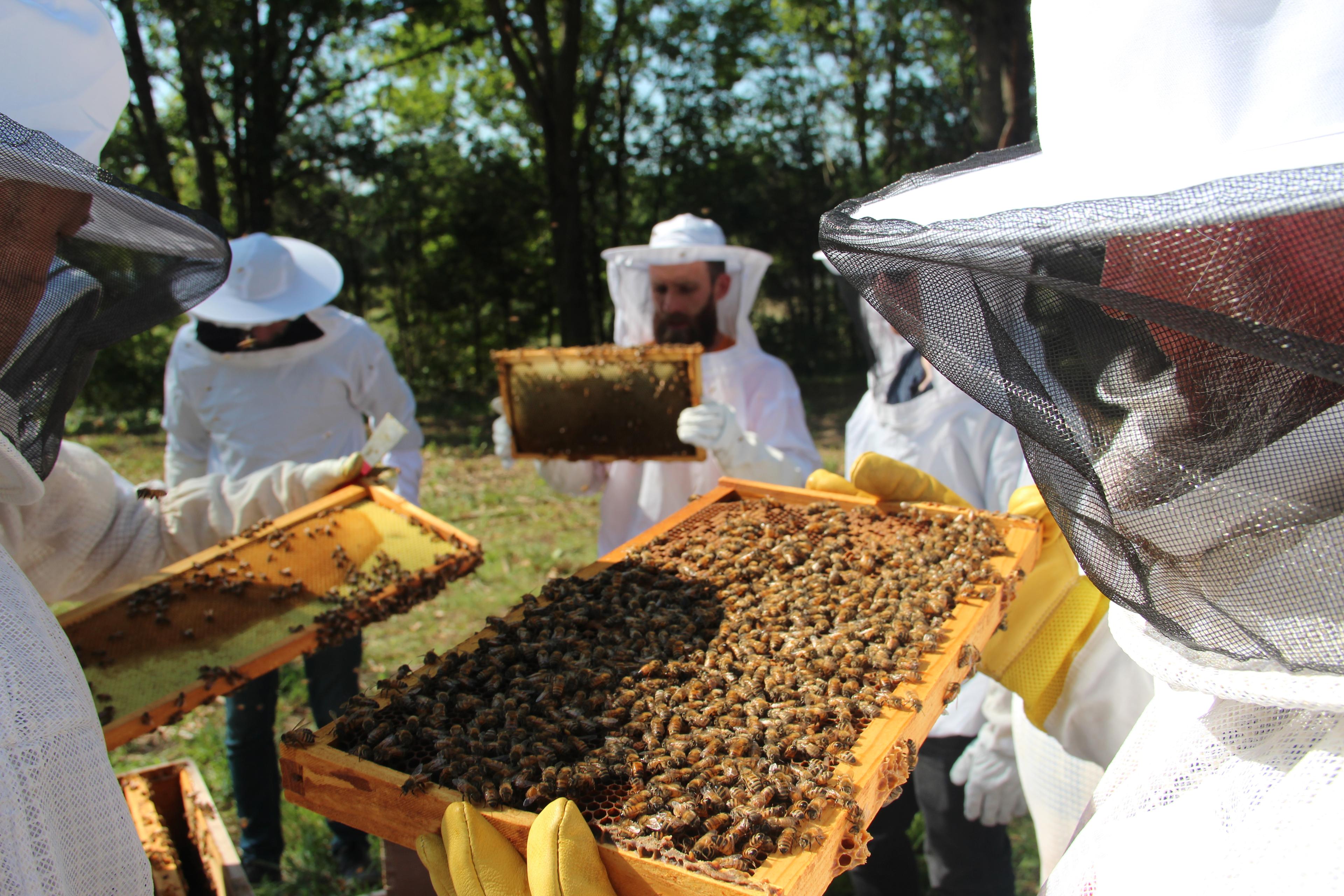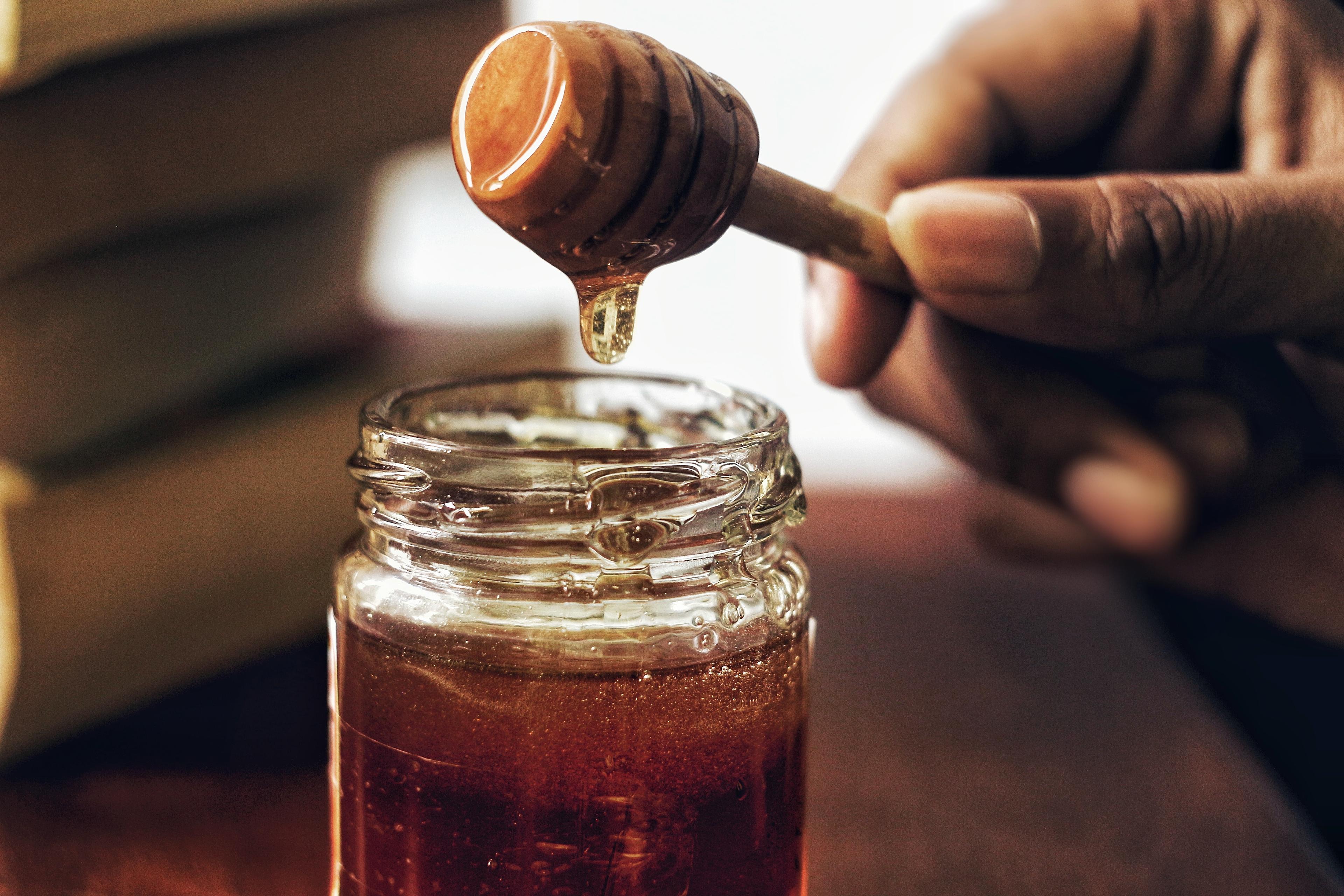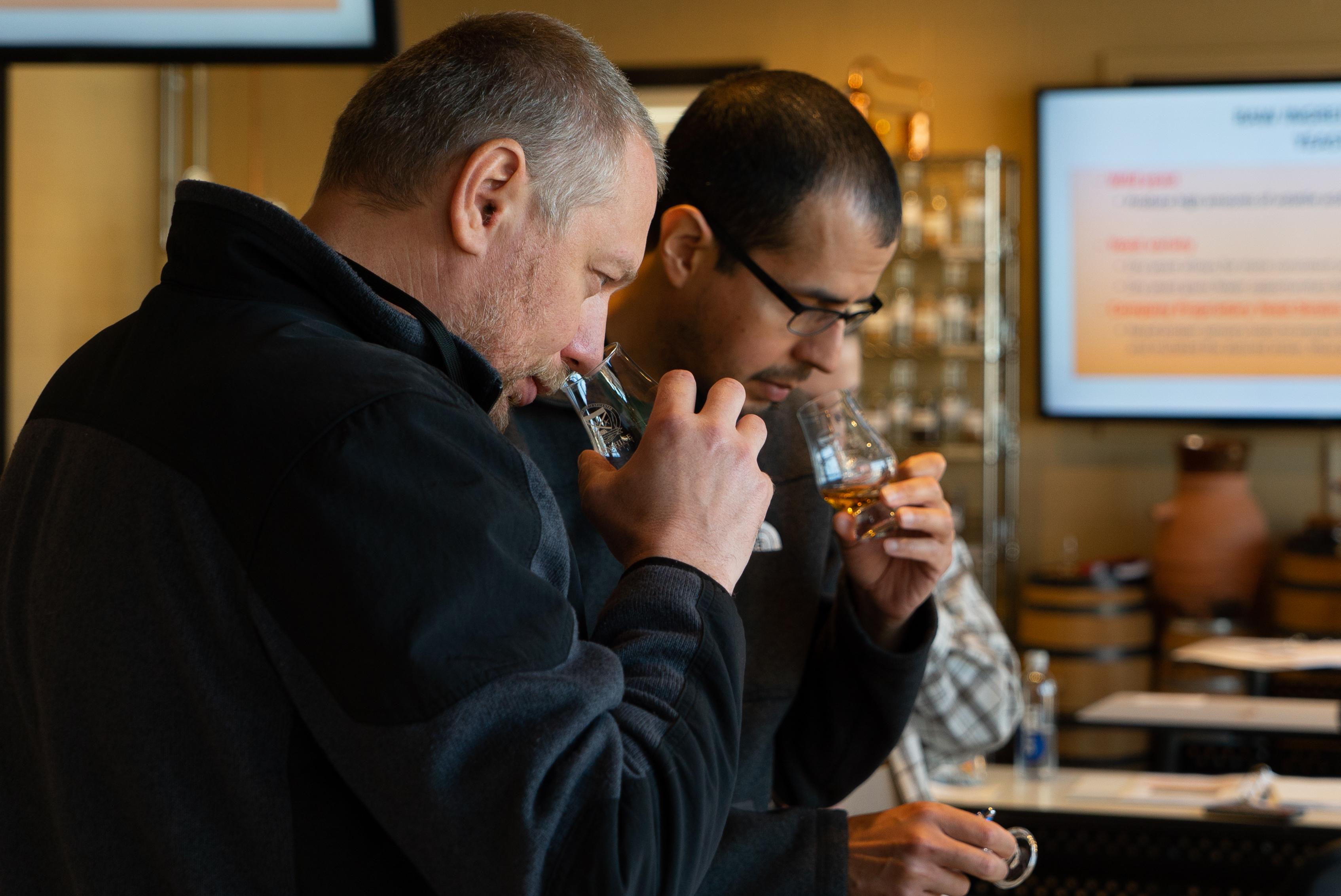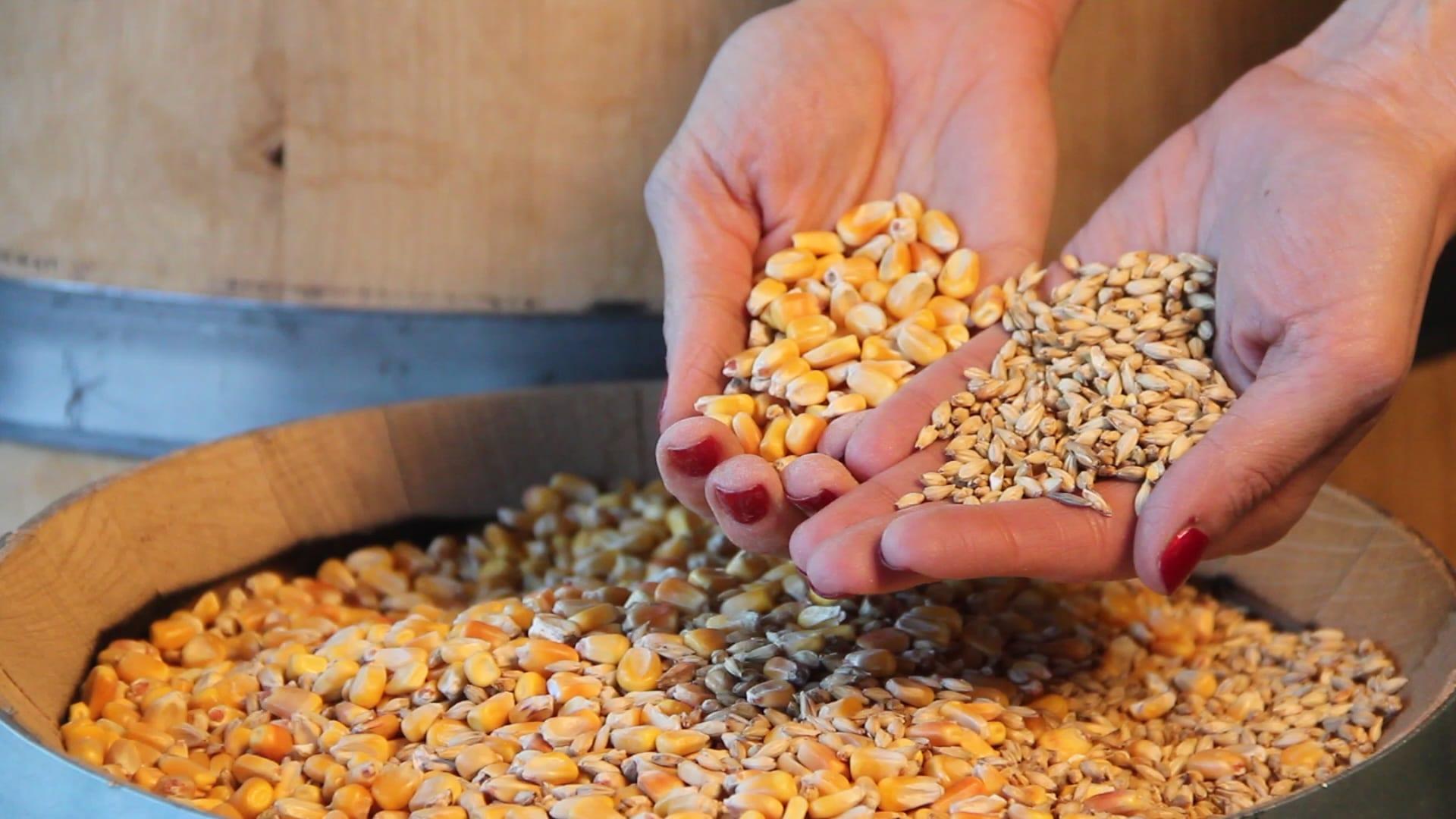
The Art of Non-Alcoholic Spirits
blog
For decades, spirits and cocktails have fostered a culture of craft, connection, and celebration. But over time, cocktail culture has evolved far beyond the buzz!


Mead is on the rise, thanks to the craft beer and distilling movements, as well as persistent references in popular culture. And while it's true there are still 10 times more breweries in the US than meaderies, the category is experiencing steady growth all the same. Reports from the American Mead Makers Association (AMMA) indicate that on average, a meadery opens in the US every 3 days, signalling the beginnings of a potential new trend in craft mead production.
In hopes of answering some of your burning questions about this delightful drink, here's 3 surprising things you didn't know about mead.
Traditionally, mead is fermented with three basic ingredients: honey, yeast, and water. The AMMA‘s official definition classifies the sweet beverage as derived either from honey and water, or from a mixture of honey and water with hops, fruit, spices, grain, or other agricultural products and flavors; but stipulates that honey must represent the largest percentage of the starting fermentable sugars by weight.
People do tend to confuse mead with beer or wine, but there are some key differences to note. Unlike beer, mead skips the boiling stage and goes directly to fermentation. And while this part of the process is also true for wine, the composition of this honeyed drink is completely different. Instead of strictly using grapes, mead production involves combining honey with water, along with optional spices. But instead of using the ale yeast strains commonly utilized in brewing, mead integrates a variety of the same yeasts used for champagne and wine production. And like wine, mead is also left to age comparatively longer than beer - an average of 2 to 3 years.
Another difference between beer, wine, and mead is alcohol content. Meads range between 6 and 20 percent ABV, depending on the fermentation; whereas wine and beer typically come in at a much lower ABV.
Essentially, the easiest way to distinguish mead from other alcohols is by its fermentable sugar source: if it's primarily honey, then it's mead; whereas for beer and wine, it would be grain or fruit, respectively.

Mead pre-dates both beer and wine by not hundreds, but thousands of years. Historian, journalist, and writer Maguelonne Toussaint-Samat even went so far as to say mead could be regarded as "the ancestor of all fermented drinks, antedating even the cultivation of the soil" - and there is some evidence to support this.
According to a recent article by BBC, in Northern China, pottery vessels containing chemical signatures of a mixture of honey, rice, and other fruits, along with organic compounds of fermentation, were dated around 6,500 and 7,000 BC.
In Europe, it is first attested in residual samples found in ceramics from 2,800 to 1,800 BC. Because the ancient Greeks thought of bees as messengers of the heavens, they reportedly referred to mead as "the nectar of the gods," using it in a variety of sacred rituals. As mead production became popularized across the globe, it was drunk by the likes of Vikings, Mayans, and Egyptians, and factored into early English medicine. Sometimes referred to as "Honey Wine," mead is even credited for the term "honeymoon," as it was historically served at weddings and gifted to newlyweds. The couple would drink it in excess a "moon" - or month - after their ceremony to enhance fertility.
Beyond traces found in earthenware and other artifacts around the world, mead has also been referenced in literature throughout history - from the epic poem Beowulf to Chaucer's Canterbury Tales and Tolkien's Lord of the Rings. More recently, mead is seen consumed by characters on Harry Potter and Game of Thrones, which might explain -at least in part - why it is seeing such a resurgence.

We know that honey is the primary ingredient in mead. With that in mind, go ahead and take a moment to consider that there are as many possible types of honey as there are flowering plants fertilized by bees in the world. Then take into account that with each changing year and season, the honey harvested will yield different flavors depending on rain, nutrients in the soil, plant and bee health, and more. Don't forget to factor in the type of yeast and technique used in production, aging, and the addition of fruit or spice - all of which will impact the taste and mouthfeel of the final product. With so many variables, it's easy to see how this drink can boast such an incredible variety, ranging from still, carbonated, or sparkling; to dry, semi-sweet, or sweet; and thick or light.
There are also a number of distinctive styles, which adds to its diversity. The most common are melomel, which is created with the addition of fruit; and metheglin, which refers to a mead combined with spices. But there are even more varieties out there that are made in other unique ways: some served heated (mulled mead), or those made with caramelized honey (bochet), and still more incorporated with maple syrup (acerglyn).
However you choose to enjoy it, it's clear that mead is experiencing a steady renaissance. As of the end of 2018, AMAA told Vogue there are now about 500 meaderies in America, likely due to continued interest in the craft brewing and distilling movements. It just goes to show that even a classic - a very ancient classic, that is - can be innovated and continue to change what the world is drinking.
**Originally posted on the Flavorman blog.
Related Content
Celebrating Beer & Brewers on National Beer Day

blog
For decades, spirits and cocktails have fostered a culture of craft, connection, and celebration. But over time, cocktail culture has evolved far beyond the buzz!

blog
Those that are familiar with the process of crafting distilled spirits may also be familiar with the 10 common congeners that are created during fermentation, and honed during the distillation run. Each congener has its own distinct personality, rendering unique tastes and aromas to the finished spirit.

blog
So, you want to start distilling with freshly milled grain. Maybe you're tired of paying top dollar for the pre-milled stuff from the malt distributor, and you're ready to invest in the quality, efficiency, and bulk pricing that comes with milling your own whole grain. But where do you start?